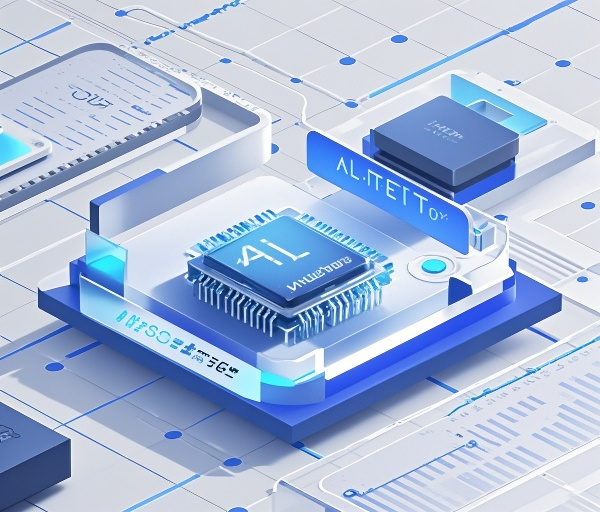
Industry News: MOSFET Demand Surges, AI Optimized Design and Production
1. The power device market continues to grow, with automotive grade MOSFETs becoming a competitive focus
By 2024, the global power semiconductor market is expected to exceed $50 billion, with MOSFETs accounting for over 30% of the market. Electric vehicles, photovoltaic energy storage, and data centers have become the core driving forces, especially with the popularity of 800V high-voltage platforms, driving manufacturers to accelerate the development of low loss, high reliability automotive grade MOSFETs.
Technological Trends:
High frequency: The demand for LLC resonant topology drives the switching frequency to move above 100kHz, and low parasitic inductance packages such as TOLL and LFPAK have become mainstream.
High integration: Multi chip parallel technology (such as IMWTEK's copper clip bonding scheme) enhances current carrying capacity while reducing thermal resistance.
AI simulation optimization: With the help of machine learning models, manufacturers can quickly simulate the distribution of losses under different load conditions, shortening the research and development cycle by more than 30%.
Competitive landscape:
International giants such as Infineon and Anson still dominate the high-end market, but domestic manufacturers such as IMWTEK and Silan Micro continue to increase their penetration rate in the automotive grade market due to their cost-effectiveness advantages.
2. AI empowers chip manufacturing, optimizing both yield and cost
AI technology is deeply penetrating the semiconductor industry chain, bringing significant efficiency improvements from design to production:
Intelligent Design (EDA+AI):
Traditional EDA tools combined with AI algorithms can automatically optimize parameters such as MOSFET gate structure and doping concentration, reducing RDS (on) by 10% -15%.
For example, Synopsys' DSO.ai platform has helped customers shorten chip design cycles by 40%.
Intelligent manufacturing (AI quality inspection+predictive maintenance):
Computer vision based defect detection systems, such as KLA's AI detection tools, have increased wafer yield to over 99.9%.
Predictive maintenance reduces wafer fab downtime and lowers production costs by 15% by analyzing equipment data.
Intelligent Supply Chain Management:
The global chip shortage has prompted companies to adopt AI driven dynamic inventory management systems, such as TSMC's use of AI to predict order fluctuations and optimize capacity allocation.
3. Supply chain challenges and accelerated domestic substitution
Despite the positive outlook for the industry, factors such as geopolitics and fluctuations in raw materials still bring uncertainty
Key material dependencies:
Wide bandgap semiconductor materials such as silicon carbide (SiC) and gallium nitride (GaN) are still limited by overseas supply, and Chinese manufacturers are accelerating the layout of localized production lines.
Opportunities for domestic substitution:
Huawei, BYD Semiconductor and other companies have increased their independent research and development of MOSFETs. IMWTEK's UK1R1N06LFH and other products have been certified by Tesla and CATL.
Policy support promotes the expansion of domestic 8-inch/12 inch wafer fabs, and the self-sufficiency rate of domestic MOSFETs is expected to exceed 50% by 2025.
Future outlook: AI+semiconductor deep integration, reshaping industry landscape
Technical direction: Third generation semiconductors (SiC/GaN) will coexist with silicon-based MOSFETs, and AI algorithms will further optimize device performance.
Market opportunities: Energy storage, AI servers, autonomous driving and other fields will generate demand for new power devices.
Risk Warning: Attention should be paid to international trade policies, fluctuations in raw material prices, and technological patent barriers.
Conclusion: The combination of AI and semiconductor technology is driving the electronic components industry into the era of intelligence. MOSFET, as a key component, will become the core of future competition in terms of technological innovation and supply chain optimization. Domestic enterprises need to seize the window of domestic substitution and accelerate technological breakthroughs to cope with the opportunities and challenges of the global market.
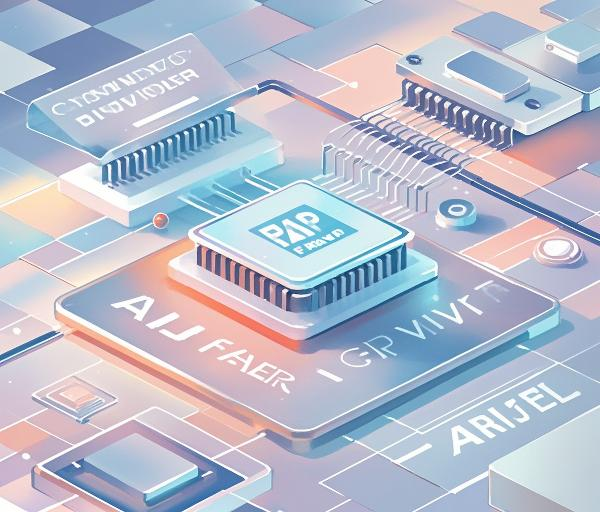
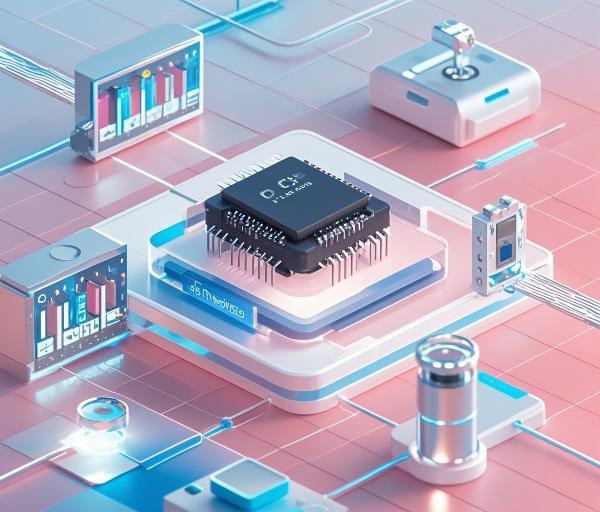
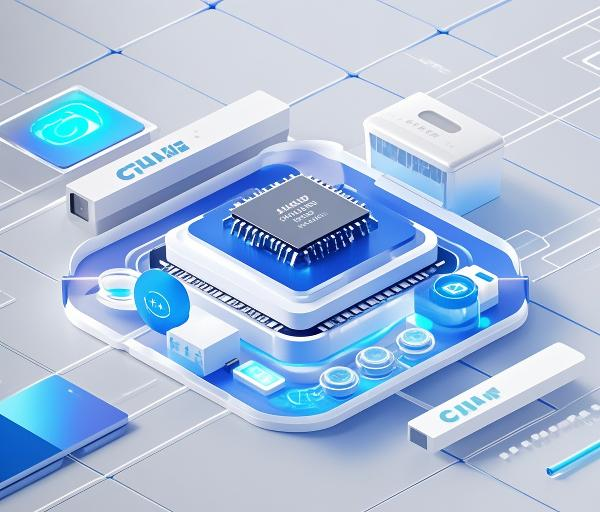
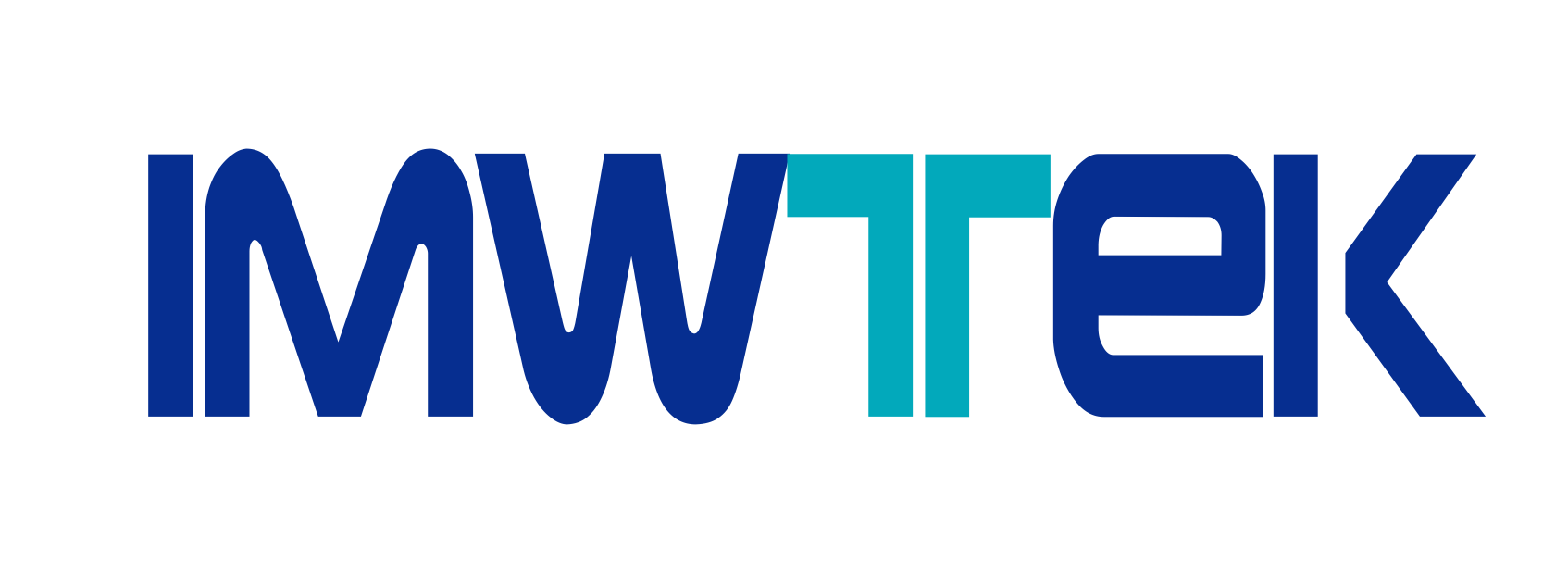

 GD ICP No. 2022030985-2
GD ICP No. 2022030985-2